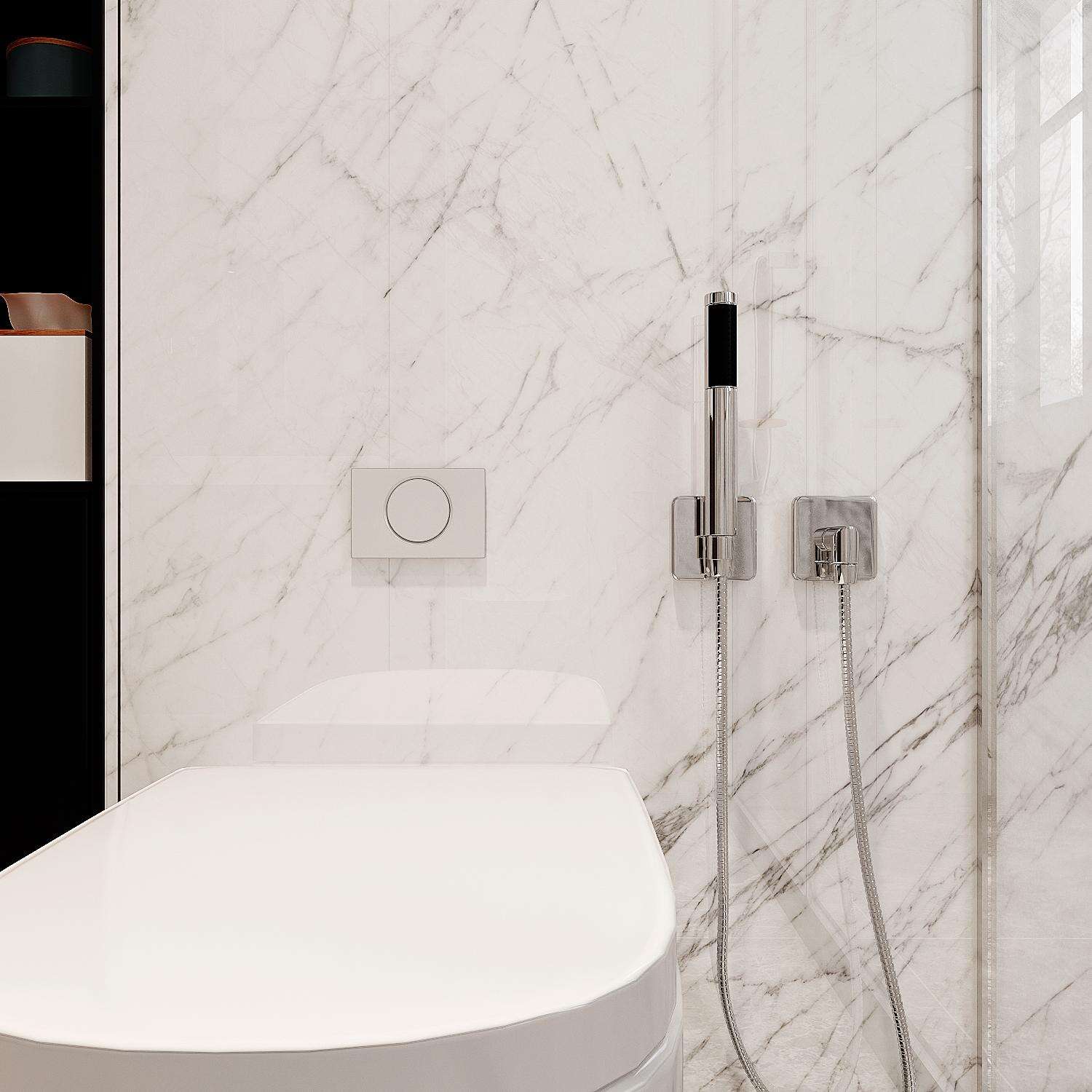Transforming Modern Bathrooms Through Strategic Tiling
The evolution of bathroom design has witnessed remarkable changes over the decades, but one element remains consistently vital - wall tiles. These versatile design components have transcended their basic functional role to become an integral part of contemporary bathroom aesthetics. Today's wall tiles offer an impressive fusion of practicality and artistic expression, making them indispensable in modern bathroom design.
Contemporary homeowners and designers recognize that wall tiles serve multiple purposes beyond mere wall coverage. They create stunning visual impacts, protect underlying surfaces, and contribute to the overall wellness atmosphere that modern bathrooms aim to achieve. As we delve deeper into the world of bathroom design, we'll explore why wall tiles have become non-negotiable elements in creating sophisticated, functional, and lasting bathroom spaces.
Design Versatility and Aesthetic Appeal
Modern Tile Patterns and Layouts
Wall tiles have evolved far beyond the traditional square grid pattern. Today's design possibilities are virtually limitless, with options ranging from herringbone and chevron to basket weave and sophisticated geometric arrangements. These patterns can create optical illusions, making spaces appear larger or adding dynamic movement to bathroom walls. Designers often use wall tiles to create feature walls or artistic focal points that transform ordinary bathrooms into extraordinary spaces.
The strategic placement of wall tiles can dramatically influence spatial perception. Vertical arrangements can make ceilings appear higher, while horizontal layouts can visually widen a room. By mixing different tile sizes and orientations, designers create custom patterns that reflect individual style while maintaining modern aesthetics.
Color and Texture Innovation
Modern manufacturing techniques have revolutionized wall tiles' aesthetic capabilities. From subtle natural stone effects to bold metallic finishes, the available options cater to every design preference. Three-dimensional tiles add depth and texture, creating engaging visual and tactile experiences. Matte finishes offer sophisticated understated elegance, while glossy tiles reflect light and enhance spatial perception.
The color palette for wall tiles has expanded dramatically, ranging from timeless neutrals to vibrant statement hues. Designers can now create seamless color gradients, incorporate metallic accents, or replicate natural materials with astounding accuracy. This versatility allows for perfect coordination with other bathroom elements while maintaining the desired aesthetic impact.
Practical Benefits and Durability
Moisture Protection and Maintenance
In the moisture-rich bathroom environment, wall tiles prove invaluable for their exceptional water-resistant properties. Quality wall tiles create an impermeable barrier that protects underlying wall structures from water damage, mold, and mildew. This protective function is particularly crucial in shower areas and around bathtubs where water exposure is highest.
The low-maintenance nature of wall tiles makes them particularly appealing for contemporary lifestyles. Modern tile surfaces resist staining, require minimal cleaning effort, and maintain their appearance over extended periods. Advanced manufacturing processes have created tiles that resist bacterial growth, making them ideal for maintaining healthy bathroom environments.
Long-term Cost Benefits
While the initial investment in quality wall tiles might seem substantial, their longevity and durability make them cost-effective over time. Unlike painted walls or wallpaper, properly installed wall tiles can last decades without requiring replacement or significant maintenance. Their resistance to wear, fading, and damage reduces long-term renovation needs.
The energy efficiency aspect of wall tiles often goes unnoticed. Certain types of wall tiles can help regulate bathroom temperature by reflecting heat during summer and retaining warmth in winter. This natural temperature regulation can contribute to reduced energy costs while maintaining comfort levels.

Environmental and Health Considerations
Sustainable Manufacturing Practices
Modern wall tile production increasingly embraces sustainable practices. Manufacturers now offer eco-friendly options made from recycled materials or produced using energy-efficient processes. These environmentally conscious choices allow homeowners to create beautiful bathrooms while minimizing their environmental impact.
The durability of wall tiles also contributes to their environmental benefits. Their long lifespan reduces the need for replacement and minimizes construction waste. Additionally, many contemporary wall tiles are designed to be recyclable at the end of their useful life, supporting circular economy principles.
Indoor Air Quality Benefits
Wall tiles contribute significantly to maintaining healthy indoor air quality. Unlike some wall coverings that may emit volatile organic compounds (VOCs), quality wall tiles are inert and don't release harmful substances into the air. This characteristic makes them particularly valuable for individuals with respiratory sensitivities or allergies.
The non-porous nature of wall tiles prevents the absorption of airborne pollutants and makes them resistant to bacterial growth. This inherent cleanliness, combined with easy maintenance, helps maintain a hygienic bathroom environment essential for modern living standards.
Frequently Asked Questions
How do I choose the right wall tiles for my bathroom?
Consider your bathroom's size, lighting conditions, and overall design theme. Select tiles that complement your color scheme while providing adequate durability for your specific needs. Factor in maintenance requirements and ensure the chosen tiles meet water resistance standards for bathroom use.
What are the latest trends in bathroom wall tiles?
Current trends include large-format tiles, natural stone effects, geometric patterns, and three-dimensional textures. Metallic finishes and bold color choices are gaining popularity, while sustainable and eco-friendly options continue to grow in demand.
How long do bathroom wall tiles typically last?
Quality wall tiles, when properly installed and maintained, can last 20-30 years or more. Their longevity depends on factors such as installation quality, maintenance routine, and the specific type of tile chosen. Regular grout maintenance and proper cleaning can significantly extend their lifespan.


